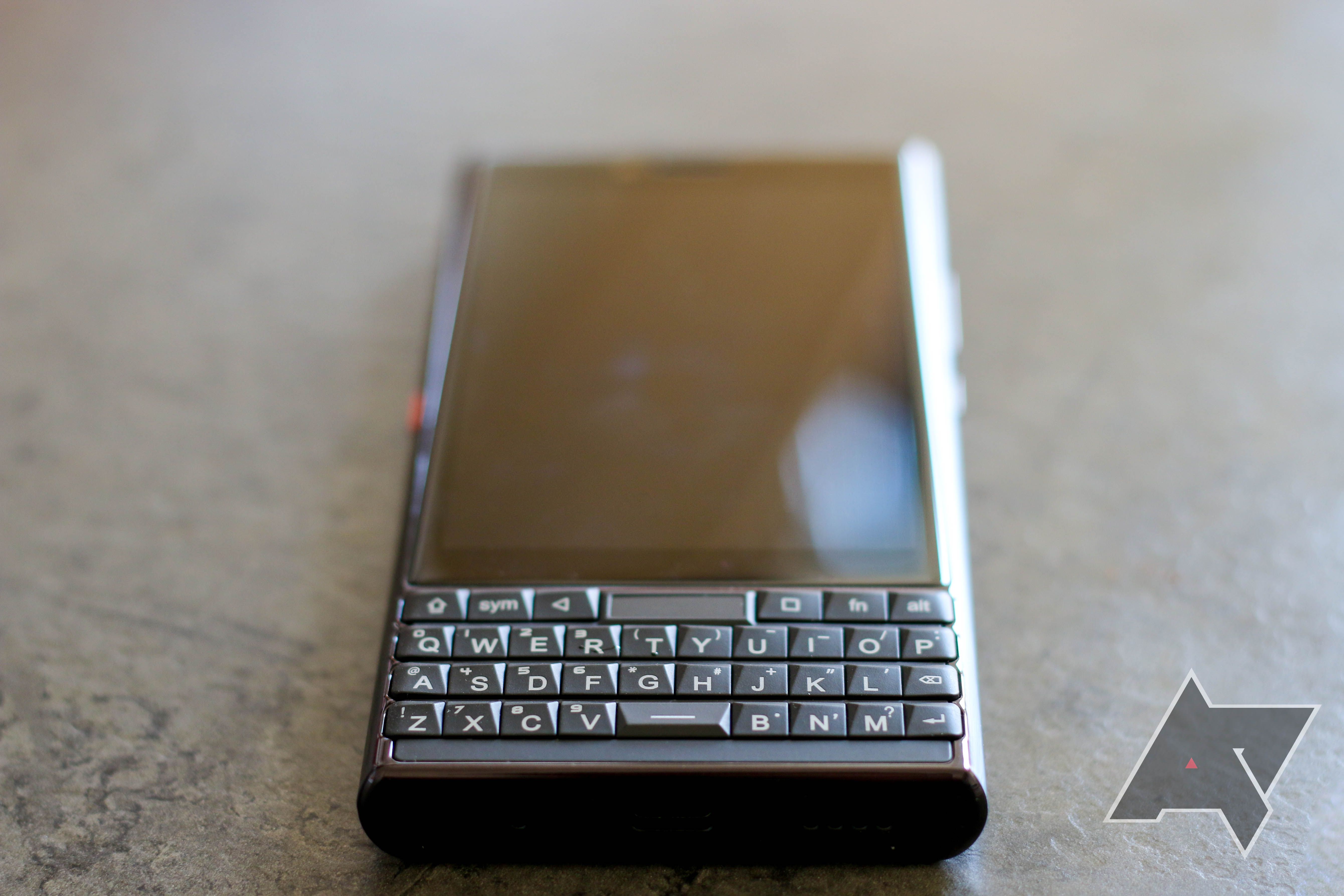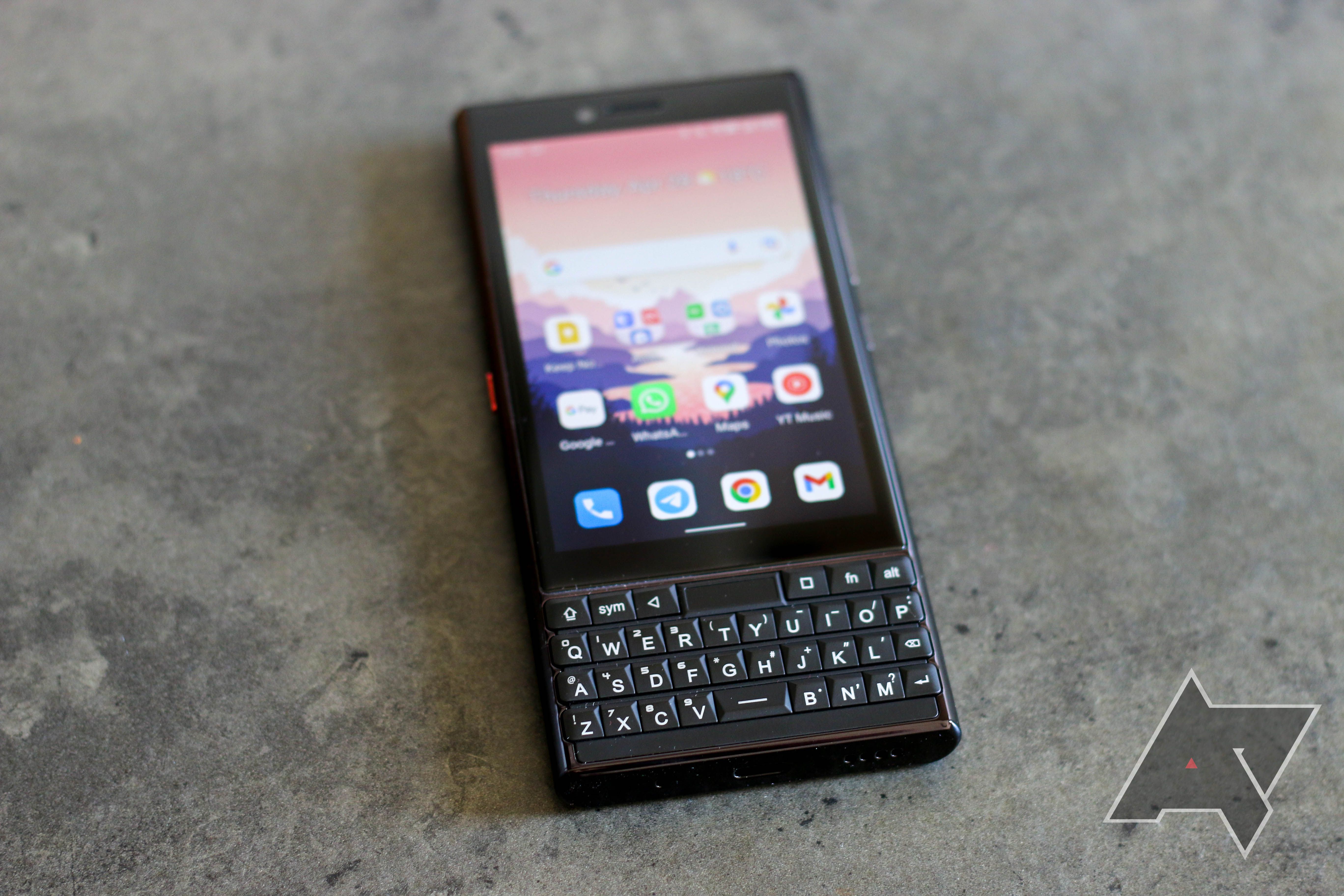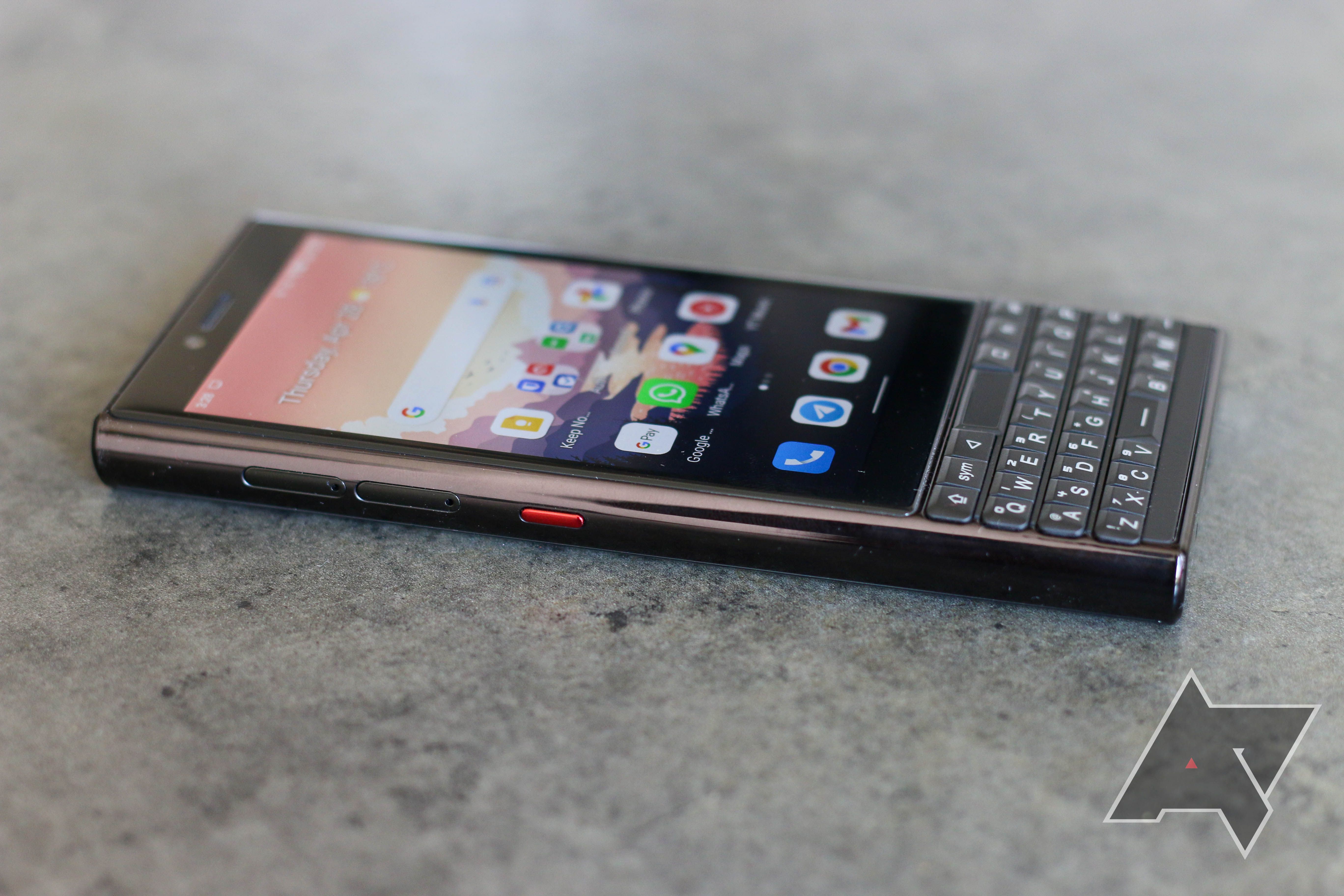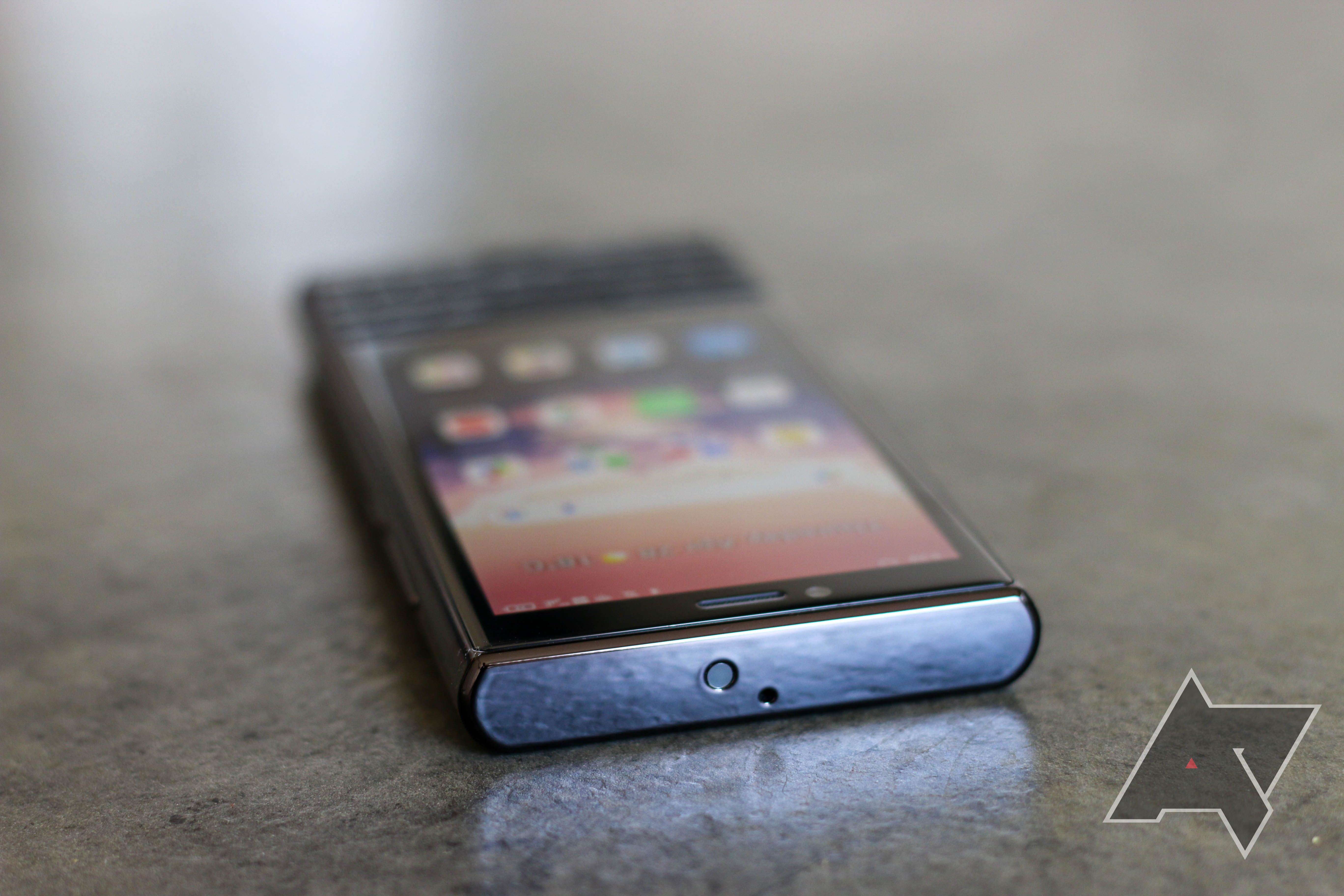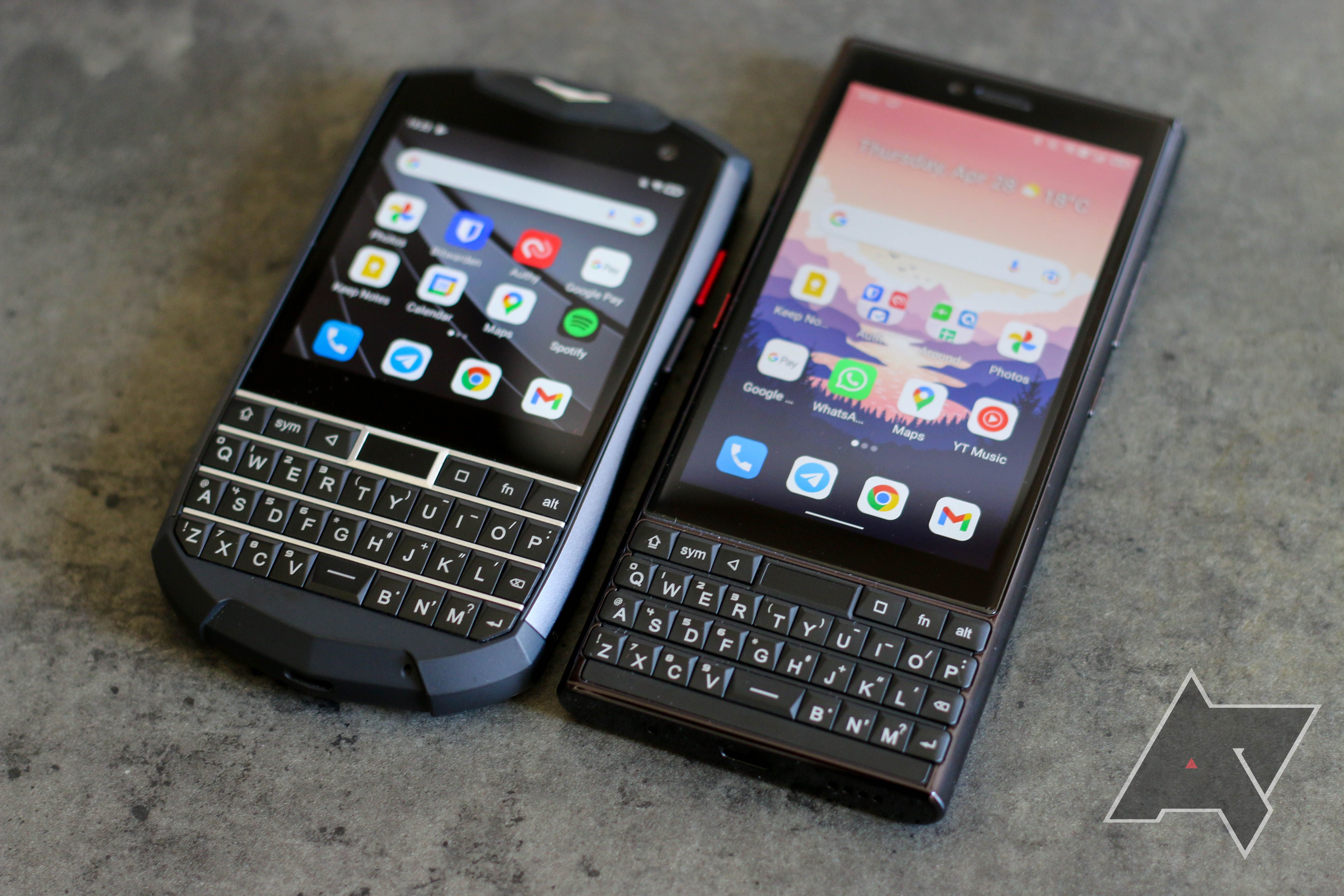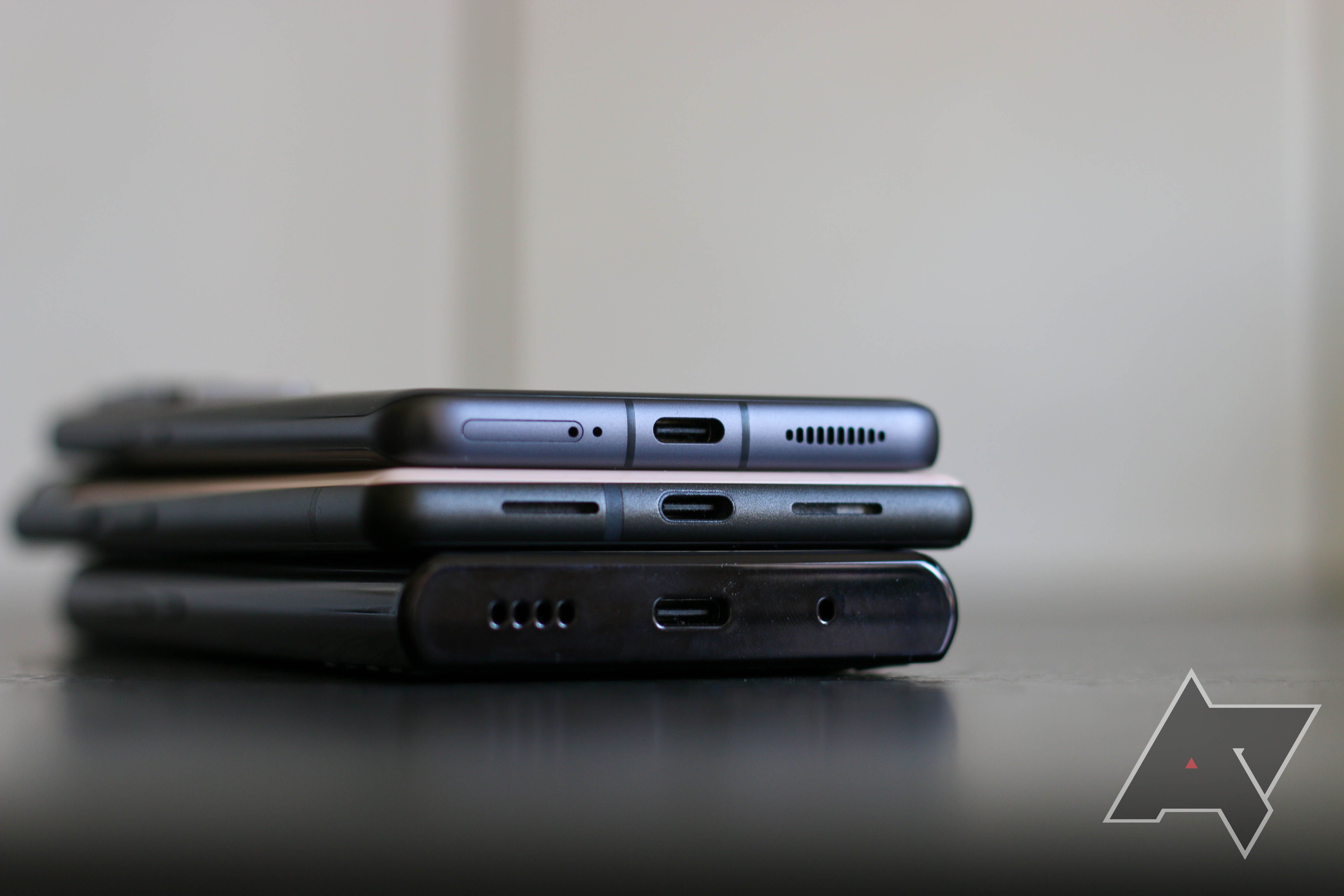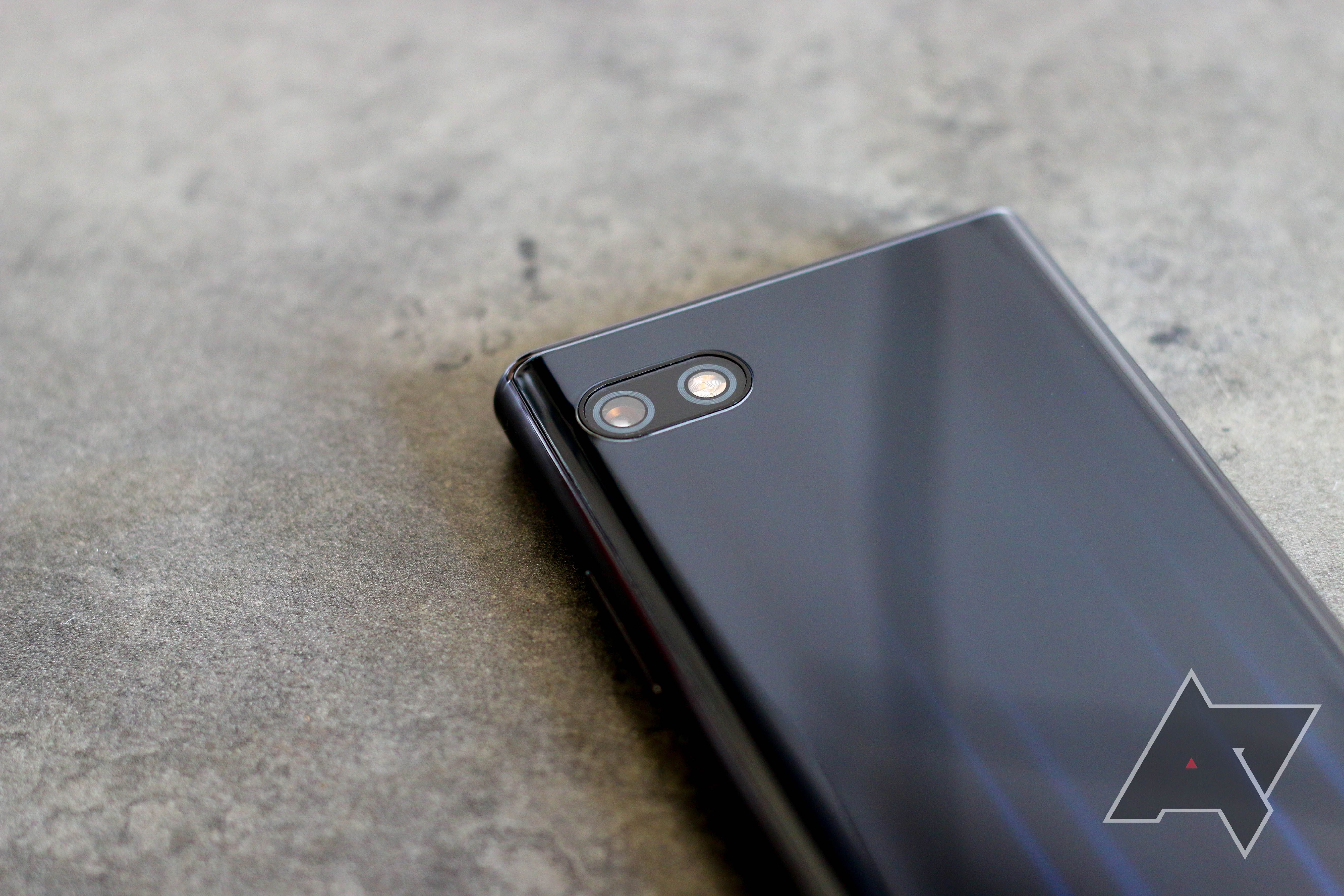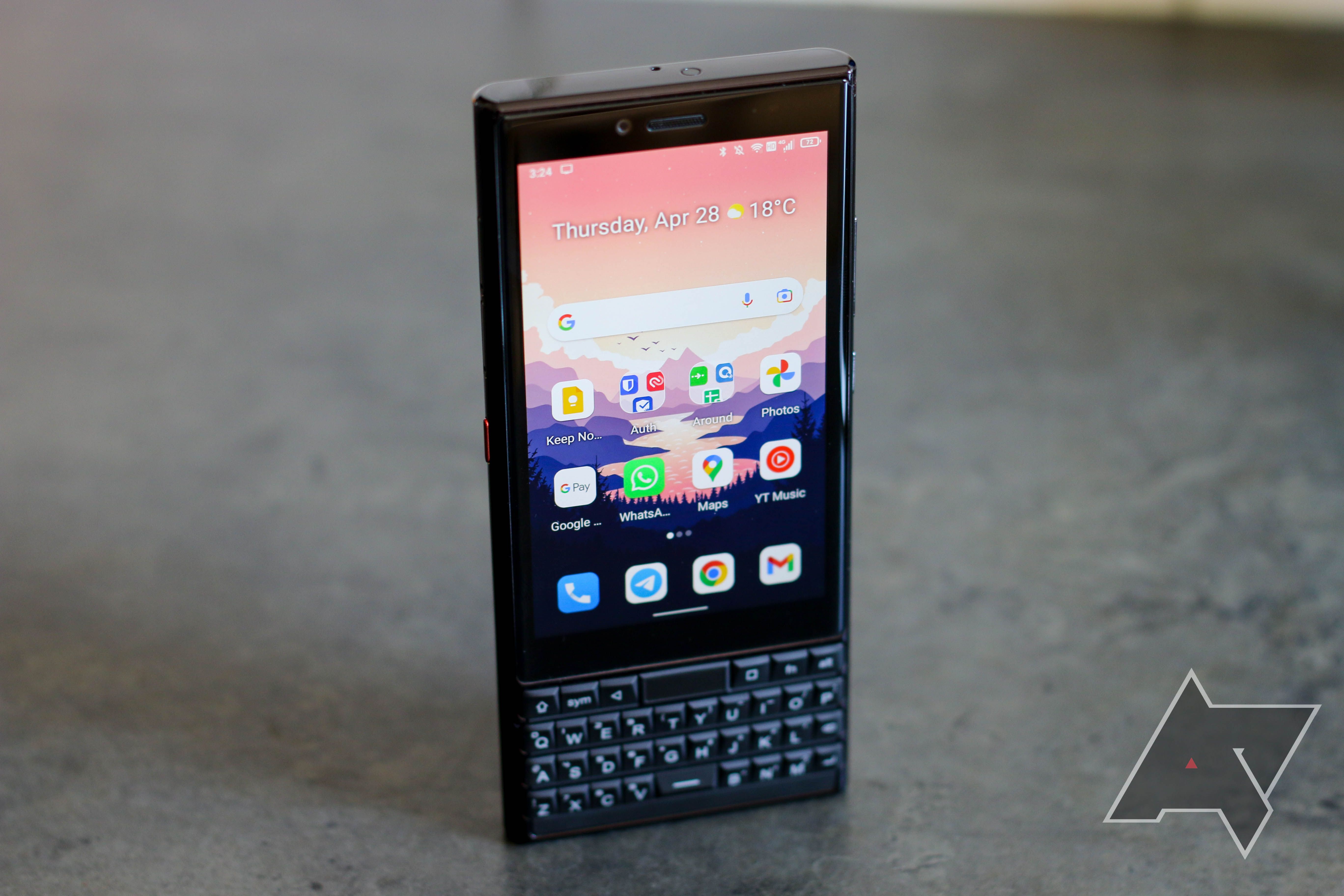Read update
- Kickstarter campaign started, phone available from ~$250
Unihertz is known for its quirky, special interest phones that it builds to please a small target audience. Just look at the prohibitively small Jelly 2 or the ruggedized keyboard warrior Titan Pocket. If these kinds of products are up your alley, you might also be interested in the company’s latest contender, the Unihertz Titan Slim. It comes with its fair share of issues and compromises, but if you absolutely need a physical keyboard paired with a somewhat decently sized screen, the ~$250 Slim might just be for you—in fact, it might be pretty much the only option left on the market.
Unihertz Titan Slim
The Unihertz Titan Slim is a phone tailor-made for those who want a physical keyboard on their phone in 2022, but it has a lot of problems that might make other Unihertz products a batter fit for those who want a tactile typing experience.
- SoC: Helio P70
- Display: 4.2-inch 768 x 1280 LCD
- RAM: 6GB DDR4
- Storage: 256GB UFS 2.1
- Battery: 4,100mAh
- Ports: USB-C
- Operating System: Android 11
- Front camera: 8MP fixed focus
- Rear cameras: 48MP autofocus
- Connectivity: Wi-Fi a/b/g/n/ac, Bluetooth 4.1, Dual SIM 4G
- Others: FM radio
- Dimensions: 146.85 x 67.6 x 12.75mm
- Colors: Black
- Weight: 204g
- Charging: 10W
- IP Rating: Not water resistant
- Price: sub $300 (tba)
- A physical keyboard, for better or worse
- Outstanding battery life
- Comes with a case
- Borderline sluggish performance
- Dim display
- Bulky and cheap-feeling build quality
- No headphone jack, despite the size of this thing
- No 5G support
- Awkward button/keyboard placement
Design, hardware, what's in the box
At first glance, the Unihertz Titan Slim looks right in line with Blackberry phones of yesteryear, but that good first impression quickly wears off. Despite its name, this phone is an absolute chonker, coming in about twice as thick as pretty much any other modern Android phone out there. In contrast to other Unihertz products like the Titan Pocket, the Titan Slim can't even make up for this with its industrial design. The phone feels plasticy and cheap, with a fingerprint magnet back panel, a display sitting on the darker end, and a mushy vibration motor. It's no wonder that Unihertz is including an (admittedly neat) rubberized case in the box, where you’ll also find a charger and a cable. Despite the huge proportions, Unihertz hasn't been able to include a headphone jack in this phone, though, which it even managed to cram into the tiny Jelly 2—disappointing. Instead, you'll get to control your TV with a built-in IR blaster, which surely has narrower appeal than a 3.5mm jack.
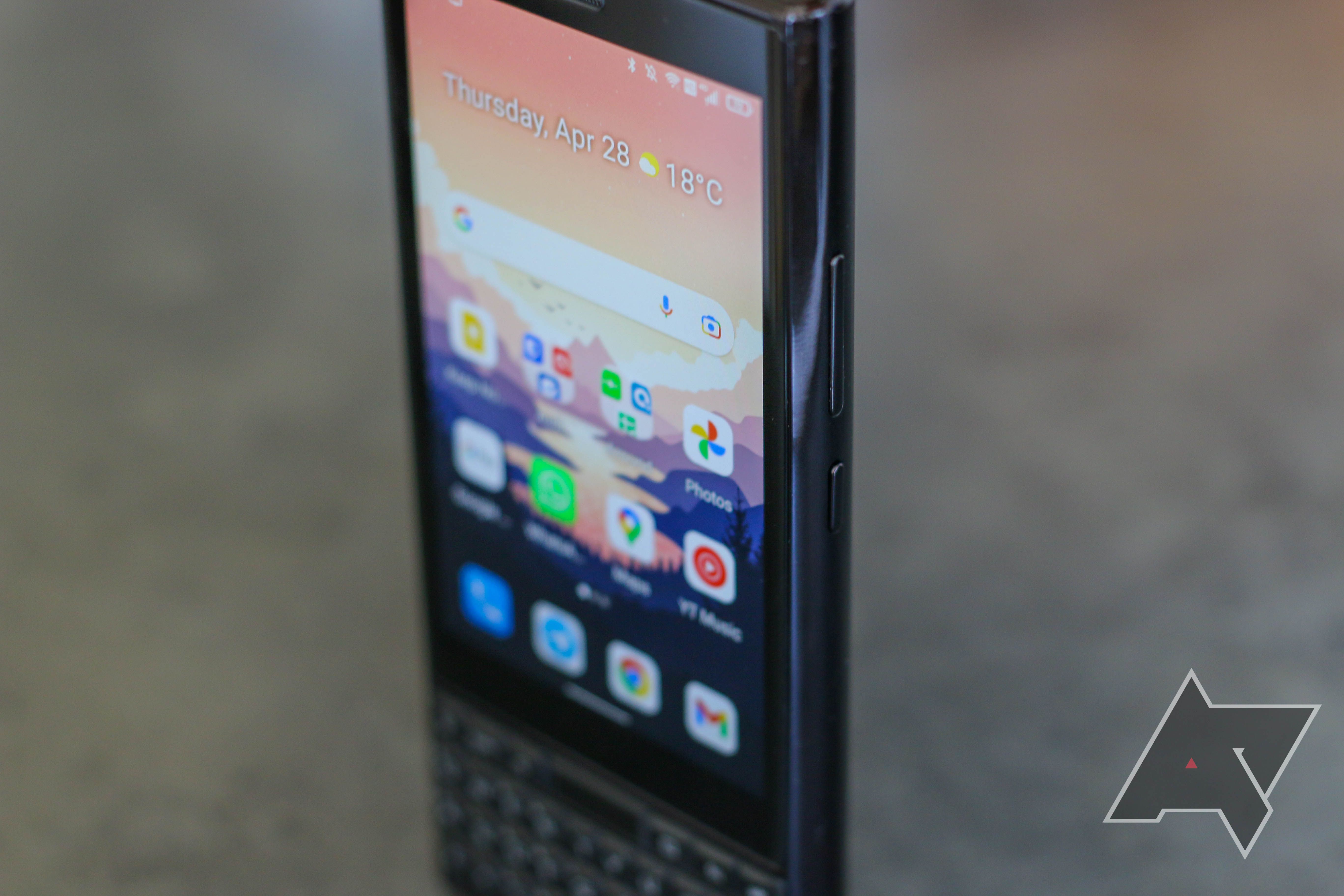
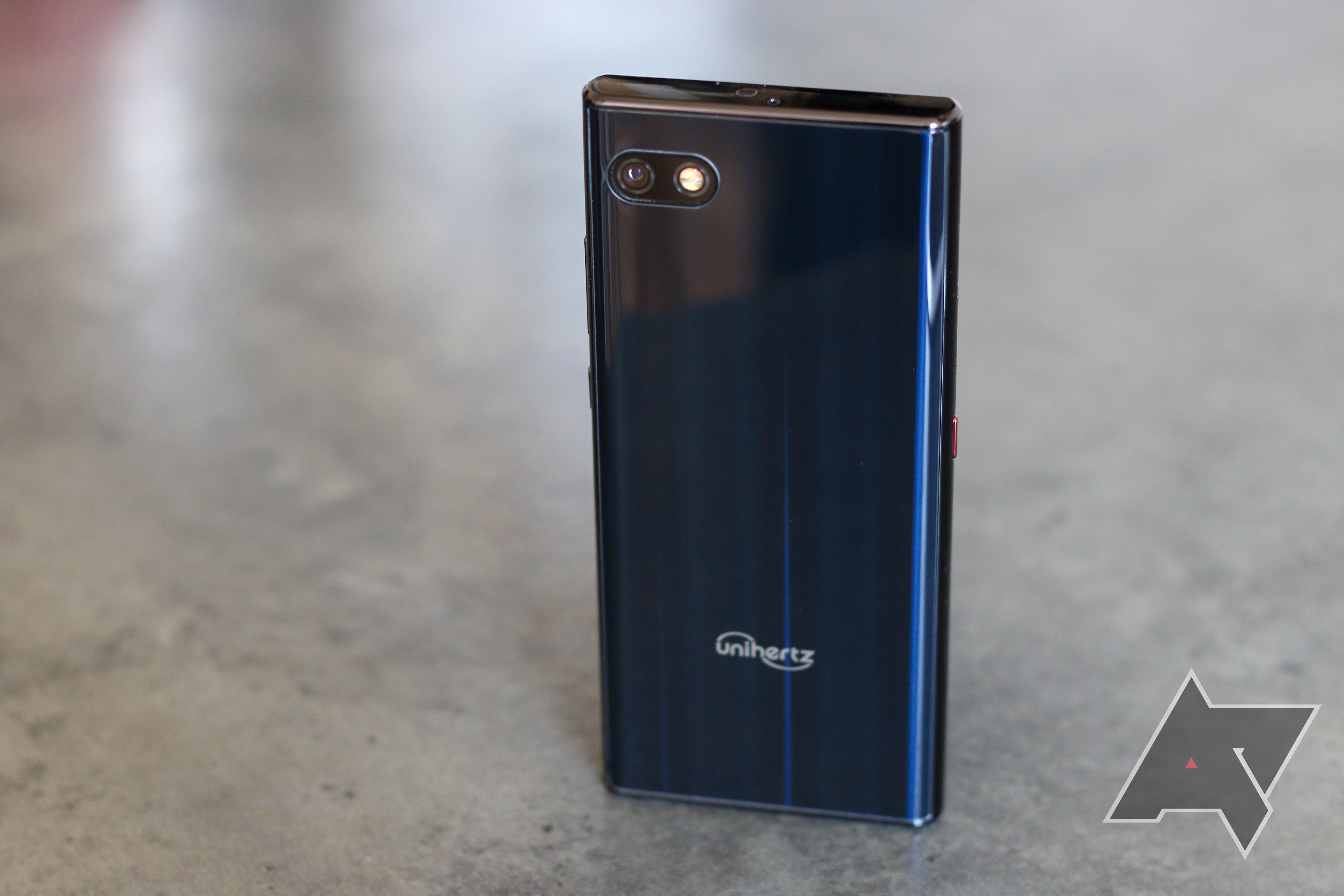
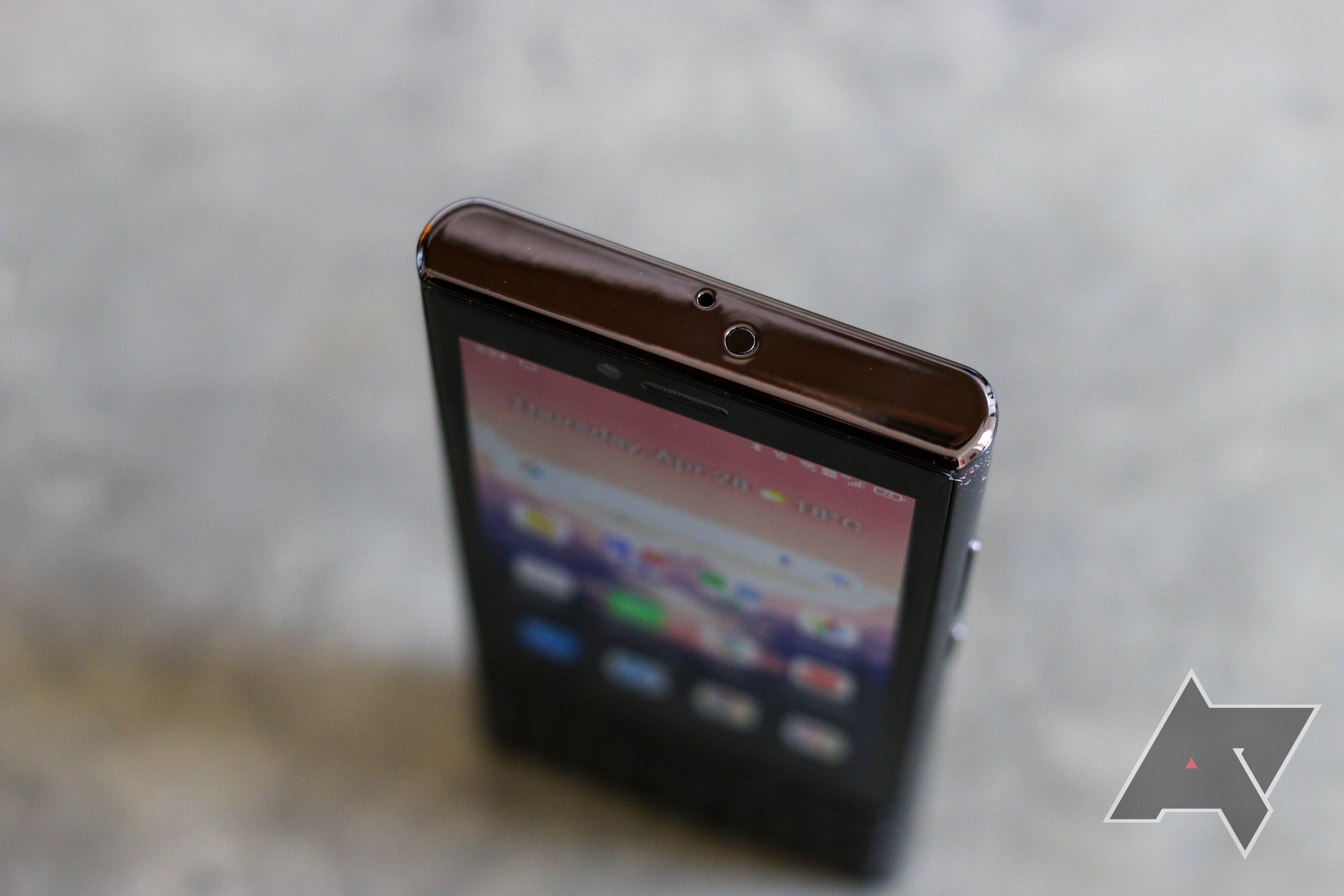
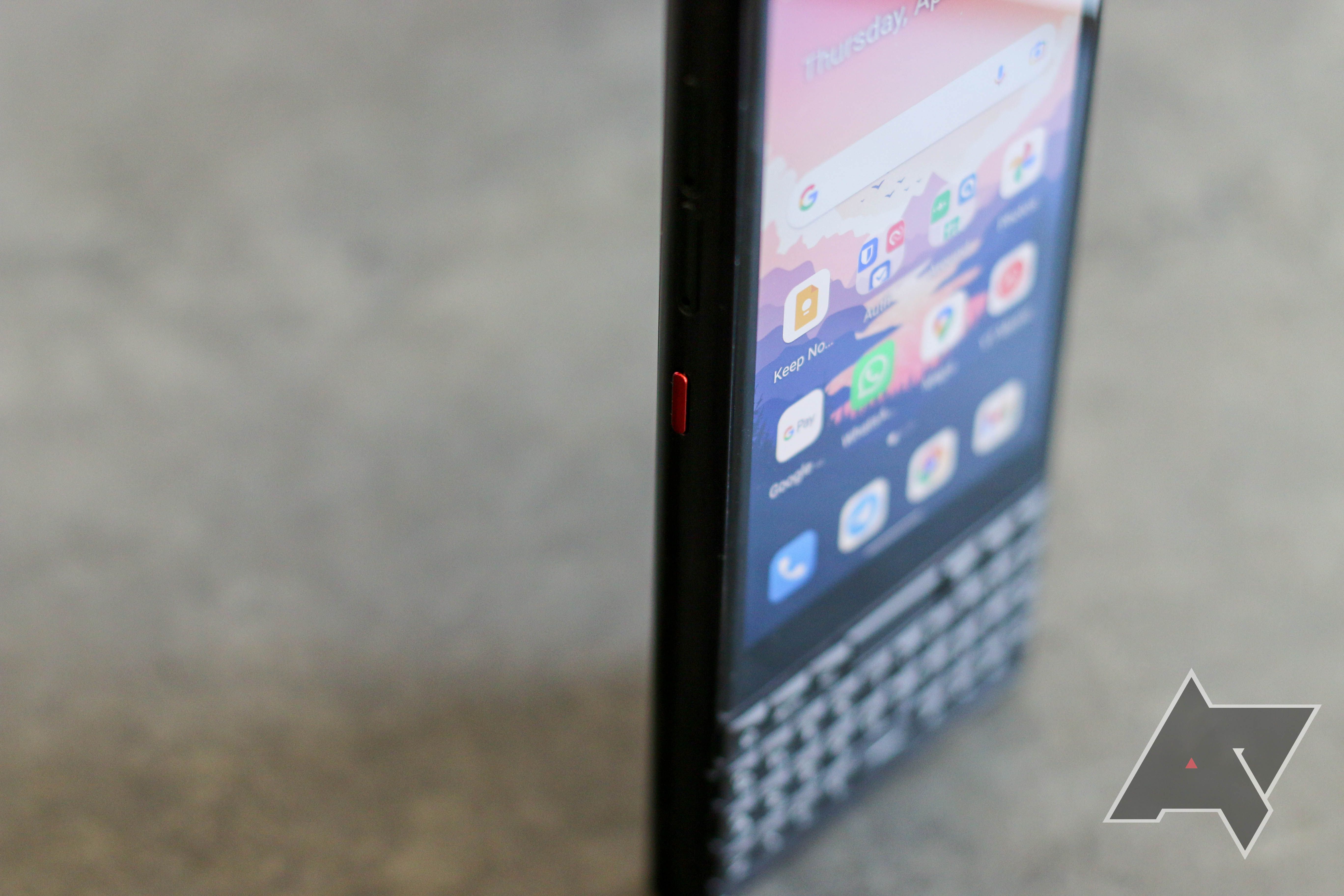
When typing on the Titan Slim’s physical keyboard, the phone feels as top-heavy as you’d expect from its design, making texting on it more tiring than you’d expect. The keys are substantially smaller and closer together than on the Titan Pocket (ironic, given the naming scheme). A slightly recessed capacitive home button right above the keyboard makes the crammed experience even worse, adding many accidental exits to the home screen. There's an option to require a double-tap to go home instead, which you might just need to make the experience bearable. While the physical keyboard takes some getting used to coming from touchscreen-only devices, my accuracy did get better over time, though I don’t love how much worse autocorrect is here compared to Gboard or even Swiftkey.
I’ve never used a keyboard phone as a long-term daily driver, and I just don't see the appeal of physical keyboards on modern smartphones. Software keyboards have advanced so far that I find myself rarely looking at the keyboard itself while typing. Looking at Blackberry’s documentation for comparison, it would also seem like its physical keyboards are objectively better, with the modifier keys at the bottom where you would expect them, and some more intelligent features like swipe gestures to accept autocorrect suggestions or predictions. The Unihertz phone can’t use the touchpad to navigate text fields, either. These might be patent issues, but it’s still something to keep in mind if you wanted to get this phone all while yearning for a modern Blackberry.
I do appreciate the company's keyboard-focused software tweaks, though. To search on Google, you can just start typing on the home screen, or you can alternatively set up key shortcuts for launching apps, binding different targets to short and long presses—pretty neat. You can also turn the keyboard into a capacitive scrolling pad that's functional in many apps and on the home screen, though this needs some more fine-tuning. The experience is jittery and unpredictable far too often.
Software, performance, and battery
The Titan Slim ships with Android 11, which is a shame—it’s a year and a half old at this point, with Android 13 already around the corner. I suspect that this might be due to the old 2019 Helio P70 processor in the phone, which also doesn’t bode well for long-term software support. Either way, Unihertz isn’t exactly known for timely updates anyway, given that it’s a small company with limited resources. Be prepared to lag behind when it comes to Android updates.
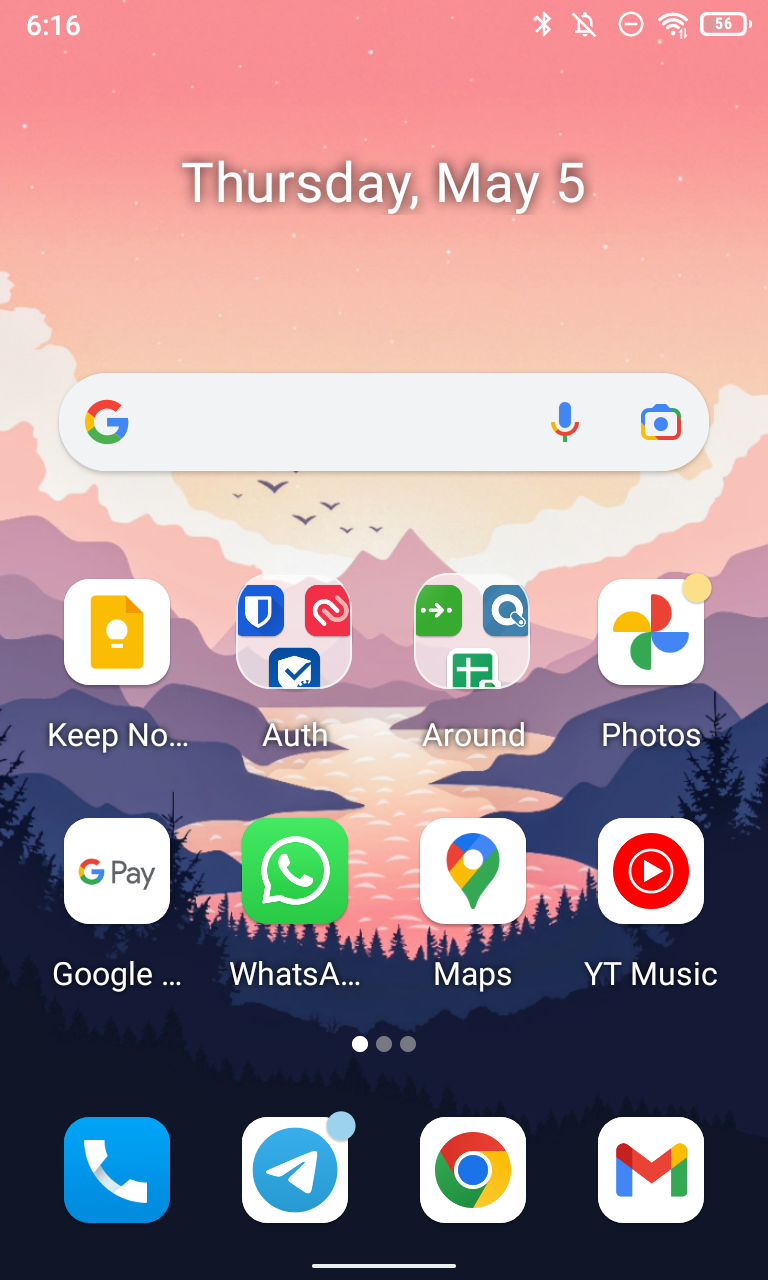
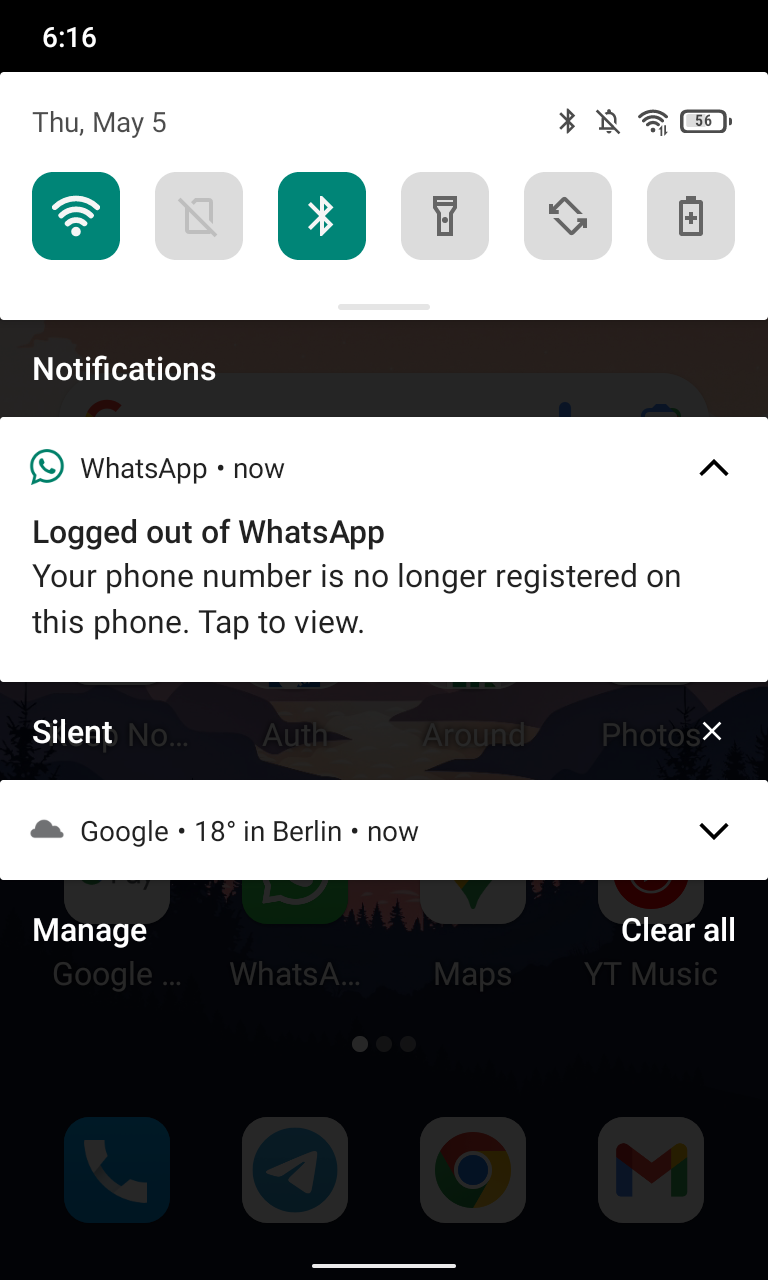
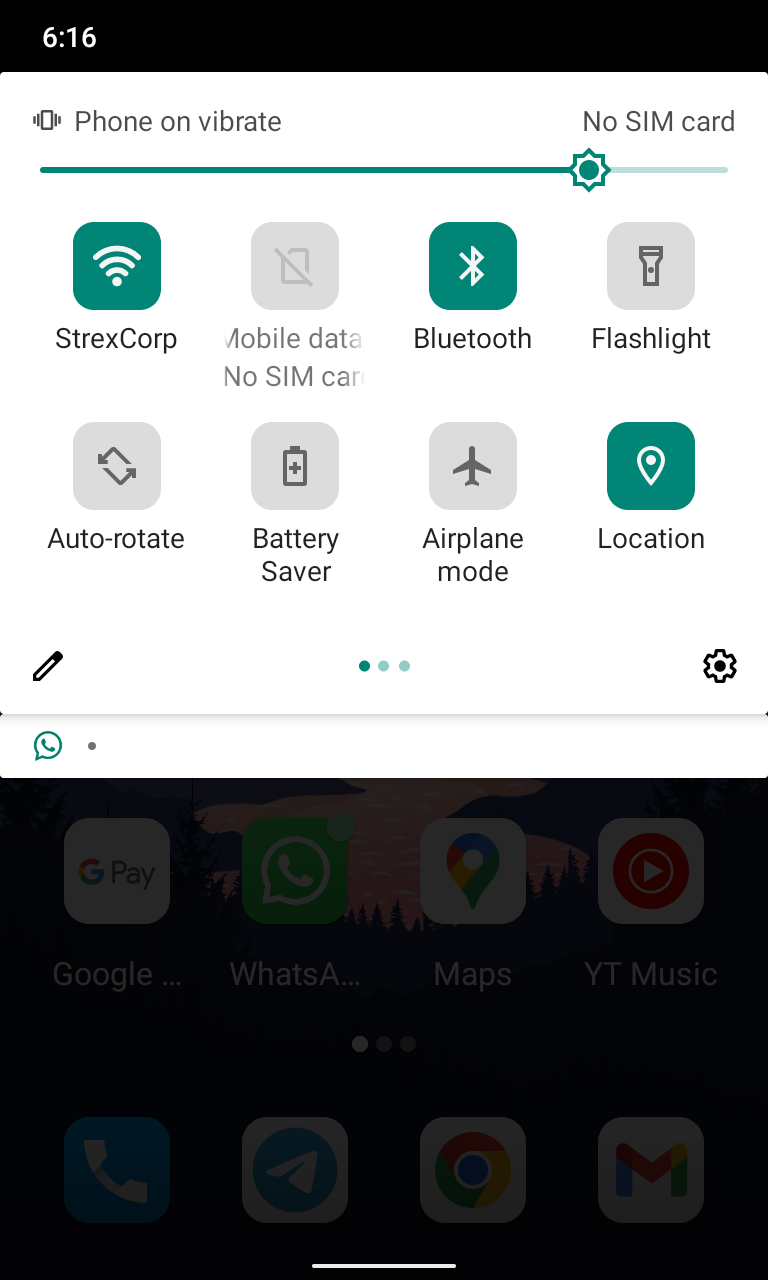
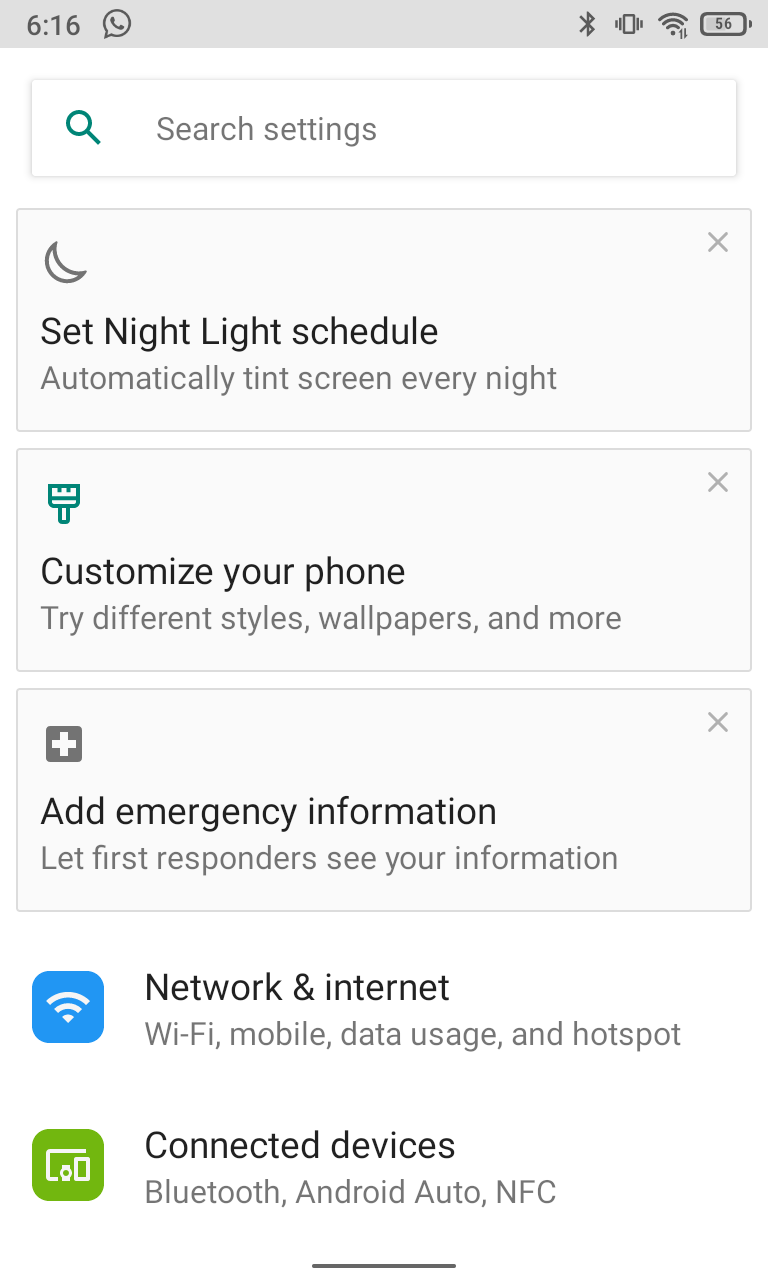
Android itself is mostly unchanged on the Unihertz Titan Slim, though, with no bloatware of which to speak, other than a custom Notebook app as an alternative to Google Keep. The rest of the pre-installed apps can be genuinely useful if you need them. You can enable a student mode, there’s a pre-installed IR remote app, a sound recorder, a game mode, and a quirky toolbox filled with a selection of handyman tools like a bubble level, a magnifier, and a plumb bob.
There is also an FM radio pre-installed, but it includes instructions on connecting headphones to a non-existent headphone jack, with the cable serving as an antenna. When I tried to make do with a USB-C to 3.5mm adaptor instead, I didn't receive any clear signals.
On top of the mostly clean software experience, Unihertz has added a few tricks. You can tweak the Titan’s LED retro notification LED to your liking, enable flip to mute, and tweak what specific keys on the keyboard do, like switching out the symbol key with the alt key. It’s just a shame that the English translations for many of these entries are lacking, making you think twice about what certain options entail. This might still change before the phone actually launches, though. As other Unihertz phones, the Titan Slim also comes with a customizable extra hardware button, which you can bind to almost any app you have on your phone or a small selection of pre-defined actions, like invoking the Google Assistant, starting a voice recording, taking a screenshot, or swiping down the status bar.
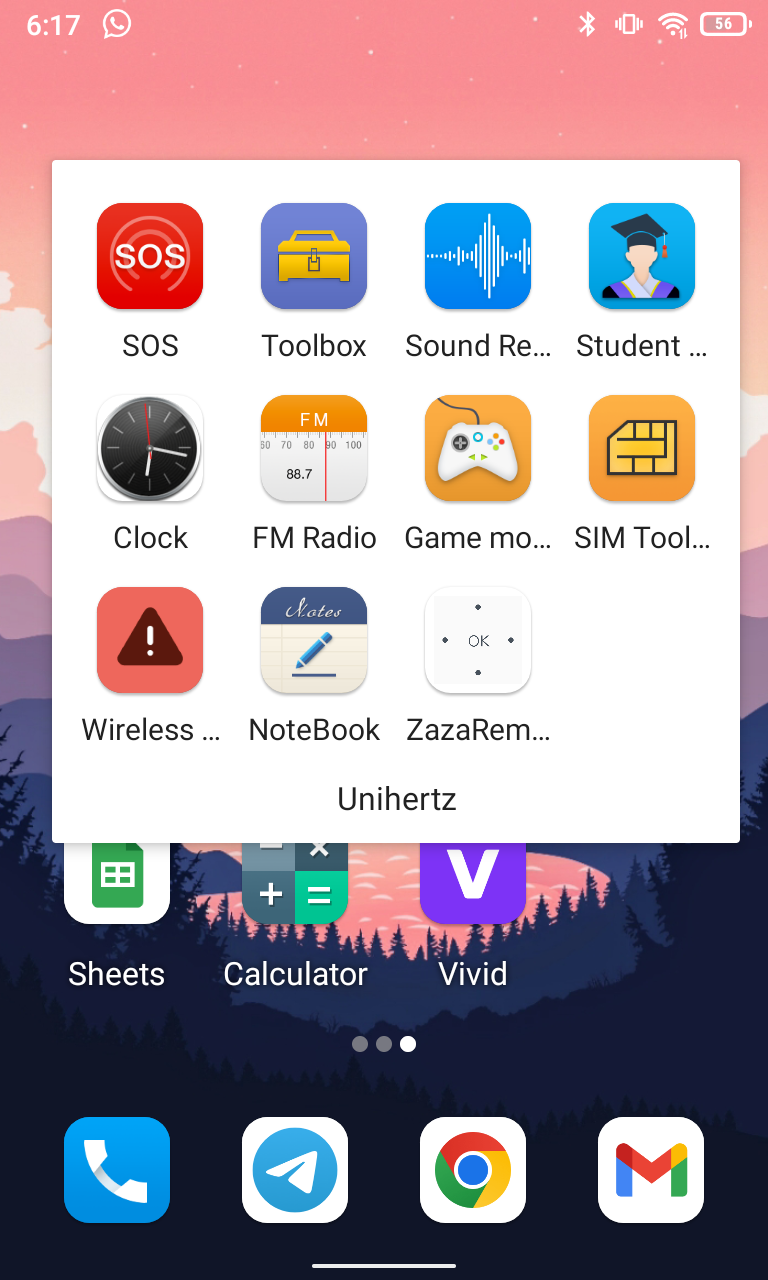
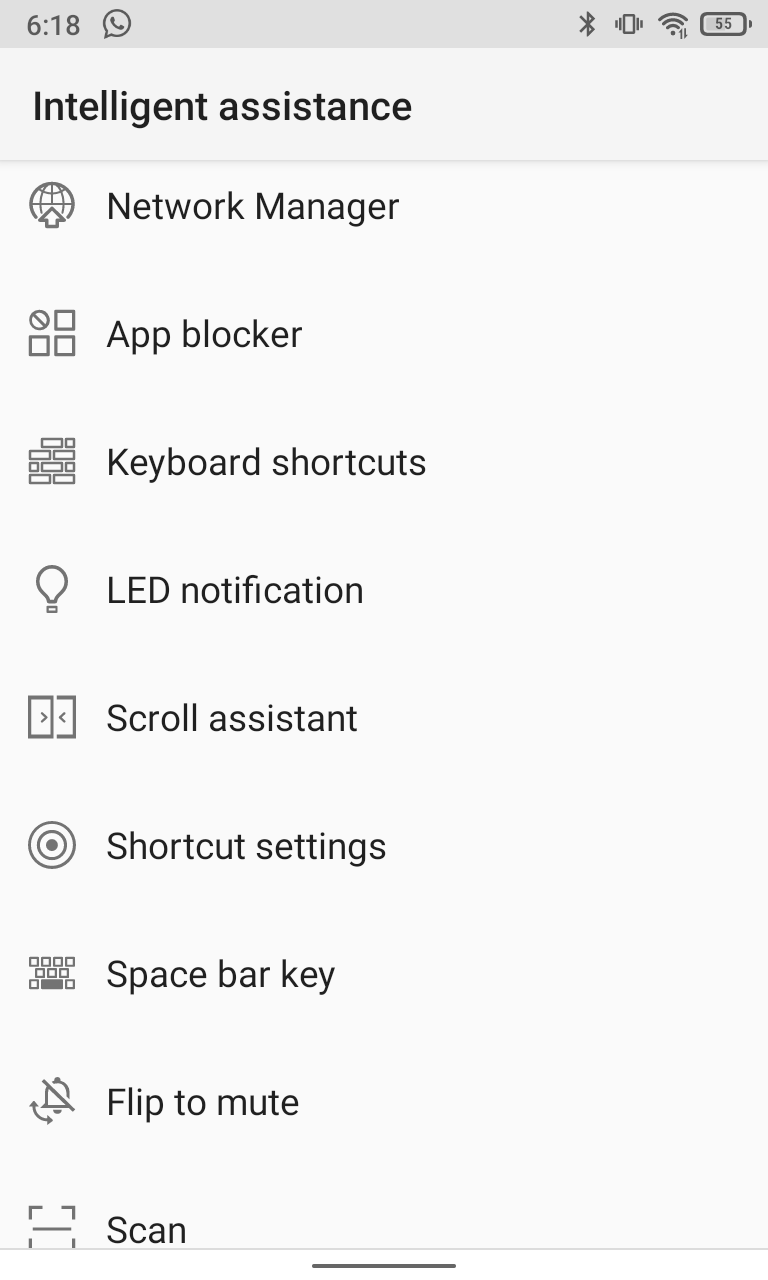
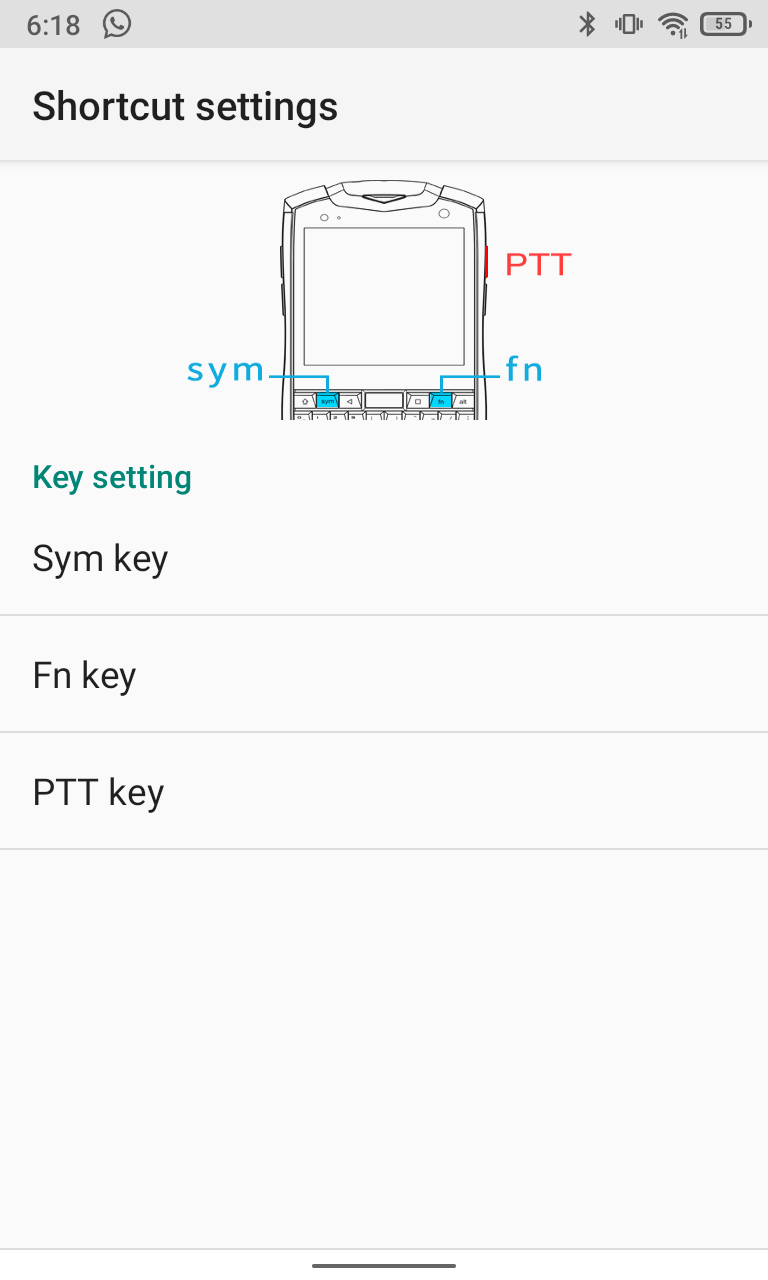
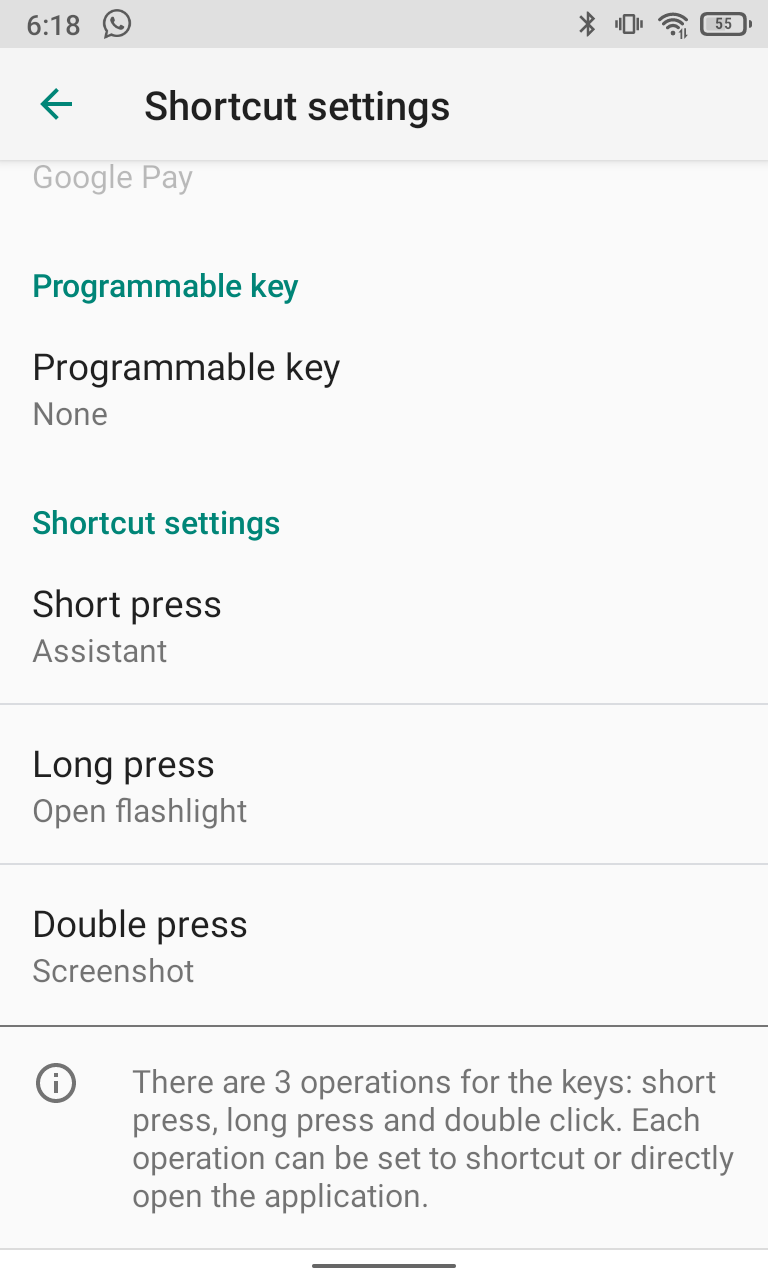
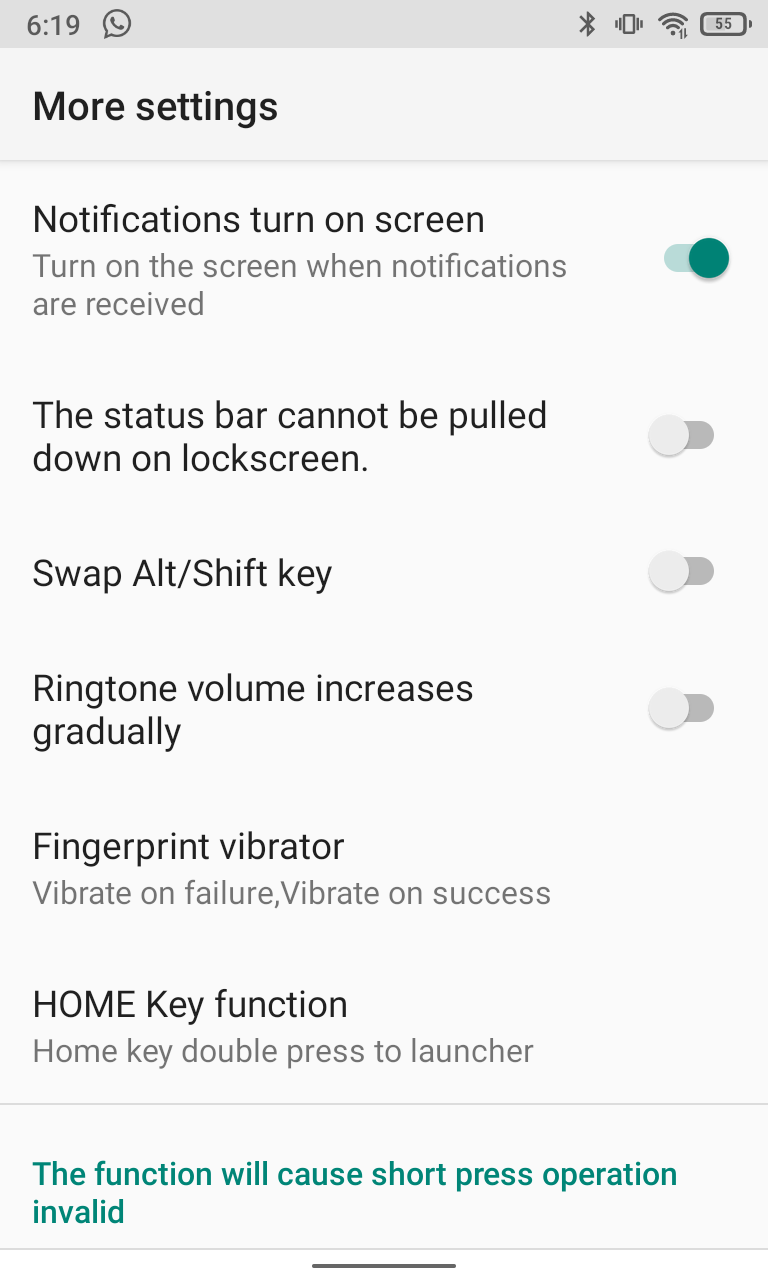
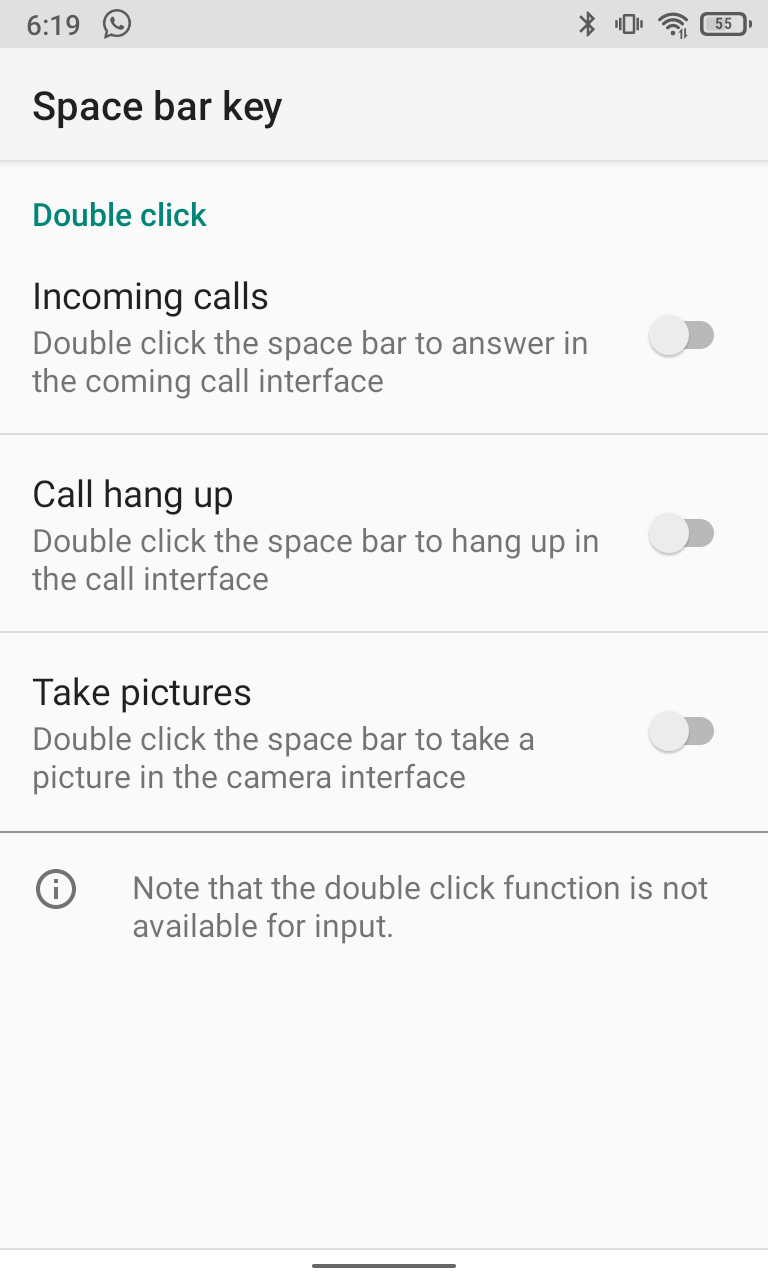
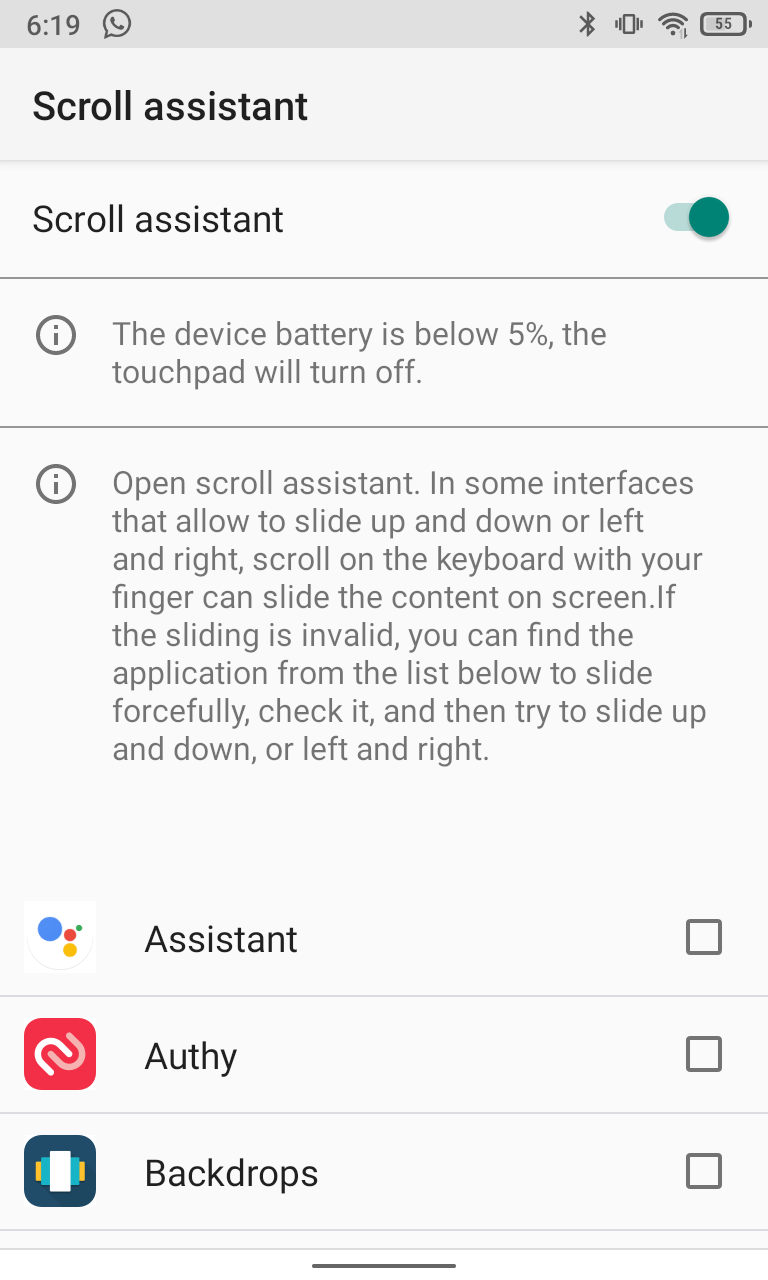
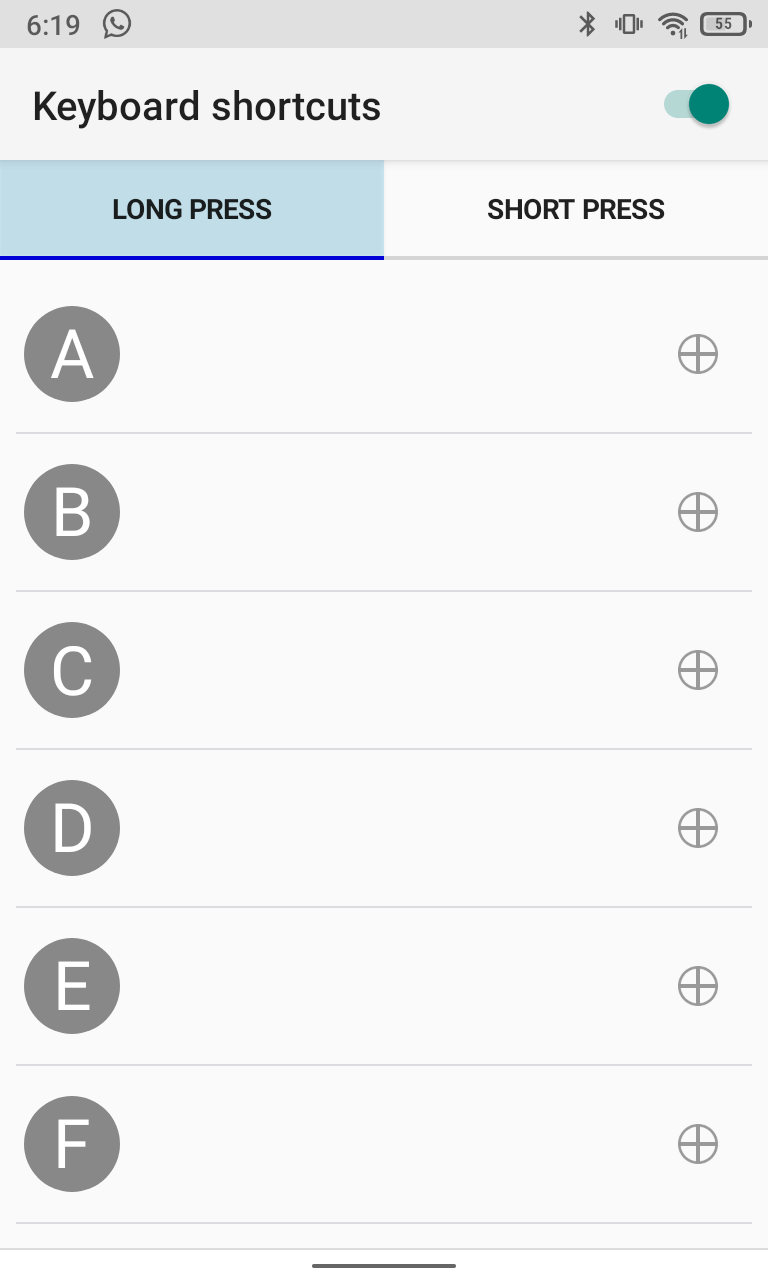
The rest of the phone is nothing to write home about, save for battery life and storage. Unihertz has paired the Helio P70 processor with a big 4,100mAh battery, a combination that just keeps the phone going and going. It easily lasts two days of moderate usage on a single charge for me. The small 4.2-inch 768x1280 screen doesn’t challenge the processor, either, making it handle everyday workloads with grace most of the time. There’s no denying that this is an outdated chip, though, and you’ll notice slowdowns when visiting complex websites. The form factor isn’t exactly conducive to gaming, so that’s not a concern. It’s great that Unihertz is including 256GB of storage with the phone, though my pre-production review unit arrived with 128GB only.
Cameras
The Titan Slim comes with a single 48MP camera on its back, paired with an 8MP selfie shooter. It's nice to see a phone without a camera bump for once, though anything else would have been weird given the thickness of the phone. By default, the software scales down the camera to 12MP, but you can unlock the full 48MP in the camera settings. Overall, the pre-installed camera app is rudimentary at best, though. It doesn’t offer any fancy portrait photography, night mode, or video recording capabilities beyond 1080p and timelapses. There is a Pro mode, though, if you even want to call it that. It only allows you to change the white balance, the ISO, and the exposure. Other phones like the Galaxy S22 Ultra have far more advanced controls that are actually worthy of the Pro moniker.






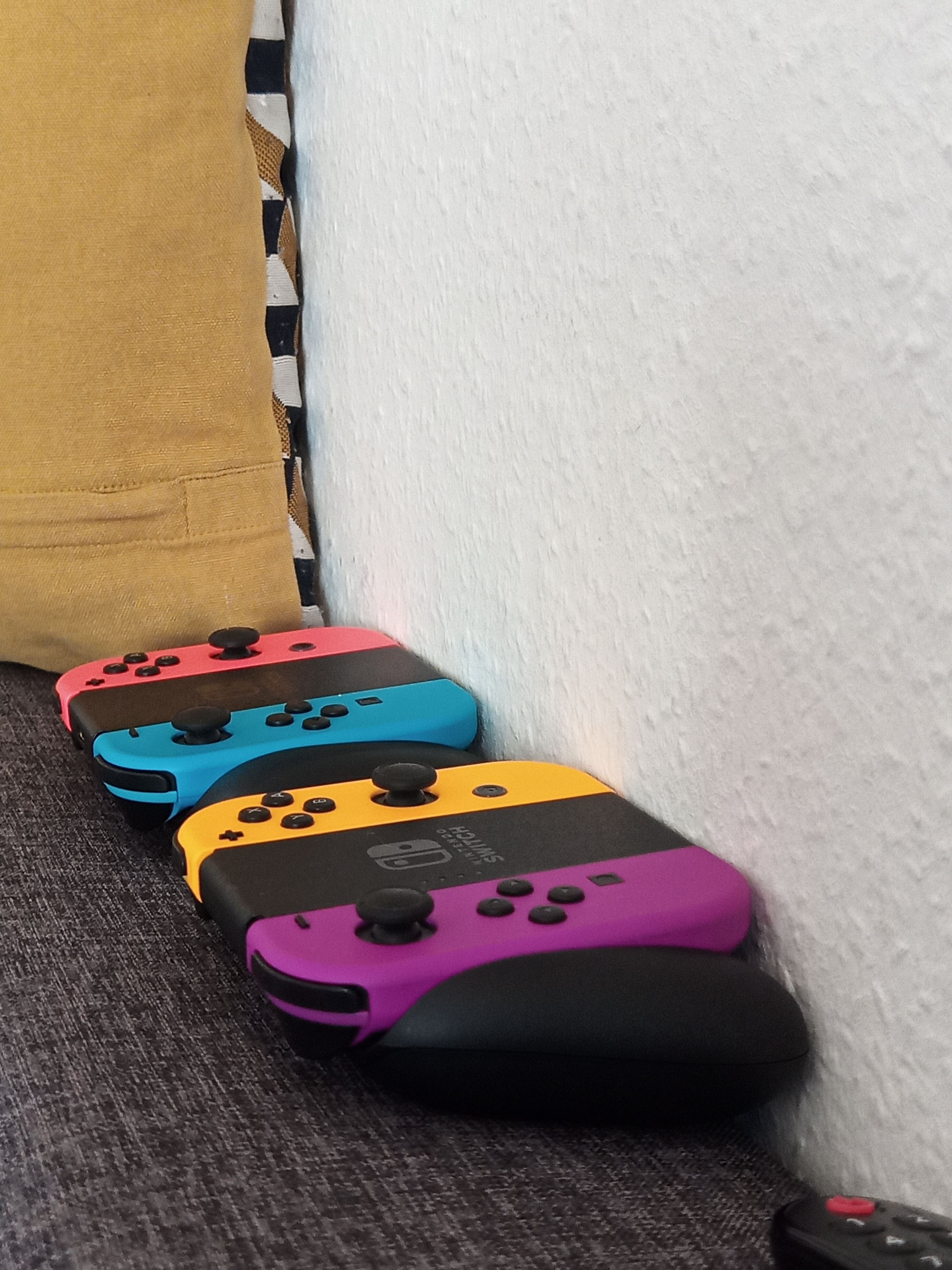






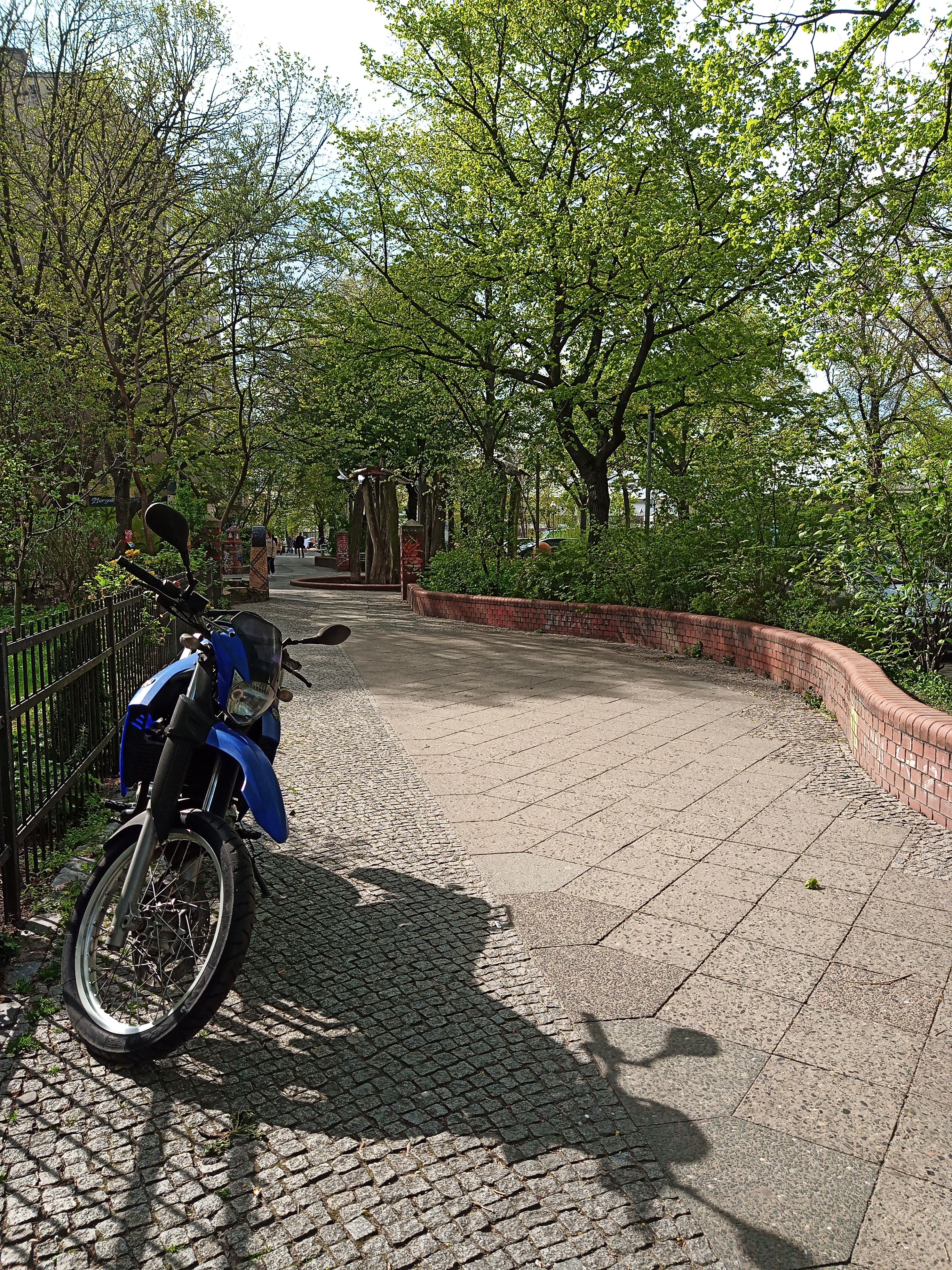


It seems like the camera doesn’t support any kind of HDR at all, making it difficult to shoot in challenging lighting situations. You will either end up with blown out highlights or underexposed faces. The rudimentary camera software also has its good sides, though. You won’t have to worry about turning off any face beautifying or smoothing algorithms, and you actually get exactly what you see when you look at the viewfinder, which isn’t a given with many modern smartphones anymore. The software is also quick to capture images, with it responding right when hitting the shutter button. There is additionally integration with Google Photos, given that it is the default pre-installed gallery app on the Titan Slim. That makes it easy to edit shots right after taking them, helping you get more out of your images instantly.
While the camera hardware itself isn’t necessarily bad, the camera’s algorithms can’t make much of it. This camera is really mostly good for quick point-and-shoot photography—it’s nothing you’d even want to put on social media if you don’t take a lot of time for planning out shots.
Should you buy it?
No, unless you can overlook all the disadvantages just to get a physical keyboard. In contrast to most other Unihertz phones, the Titan Slim doesn’t have any special features other than the physical keyboard—and even then, other Unihertz phones like the Titan Pocket offered an objectively better typing experience. The plasticy Titan Slim also looks and feels feeble compared to previous Titan phones, which were ruggedized metal and rubber marvels defined by their excellent build quality.
For anyone interested in a keyboard phone with a good size screen that’s compatible with modern Android apps, this might very well be the only option, though—for better or worse. And at $250, you can't really go wrong if you're curious to give this a try, with all the disadvantages in mind here.
Like all Unihertz phones, the Titan Slim is sold via crowdfunding on Kickstarter. To get the phone, you need to back the project with at least HK$1,955, which is about US$250.
The company already revealed that it will start at under $300, but stay tuned for the campaign sometime in May 2022.
Buy it if...
- You absolutely need a physical keyboard on a phone with a conventional aspect ratio
- You’re nostalgic for phone design of yesteryear
Don't buy if...
- You want a modern budget phone that is going to last you a few years
- You’ve never owned a keyboard phone before
UPDATE: 2022/05/13 05:15 EST BY MANUEL VONAU
Kickstarter campaign started, phone available from ~$250
Unihertz has launched its Kickstarter campaign, revealing that the phone will start at roughly $250. We've updated the review accordingly
FAQ
Q: How does the Unihertz Titan Slim compare to the Titan Pocket?
The Titan Pocket is the second-most recent phone from Unihertz, launched back in summer 2021. It has a much smaller screen than the Slim, which leads to problems with some Android apps that are optimized for today's humongous displays, but at least the Pocket is much easier to hold while typing. Its keys are also further apart and plain bigger, so if a good typing experience is what you value above everything else, the Pocket is the better choice for you.
Q: How does the Unihertz Titan Slim compare to the Blackberry KEY2?
The Unihertz Titan Slim may be the latest phone with a physical keyboard, but it still has to measure up against Blackberry, the company that perfected physical keyboards. Blackberry has completely exited the phone market by now, so its latest headlining device, the KEY2, was released in 2018. In contrast to the Titan Slim, the KEY2 has its modifier keys at the bottom, along the space bar where you would expect them. Despite its age, its keyboard also has a few more tricks up its sleeve than the Titan Slim, like swipe gestures to accept autocorrect suggestions or to move around the cursor.

